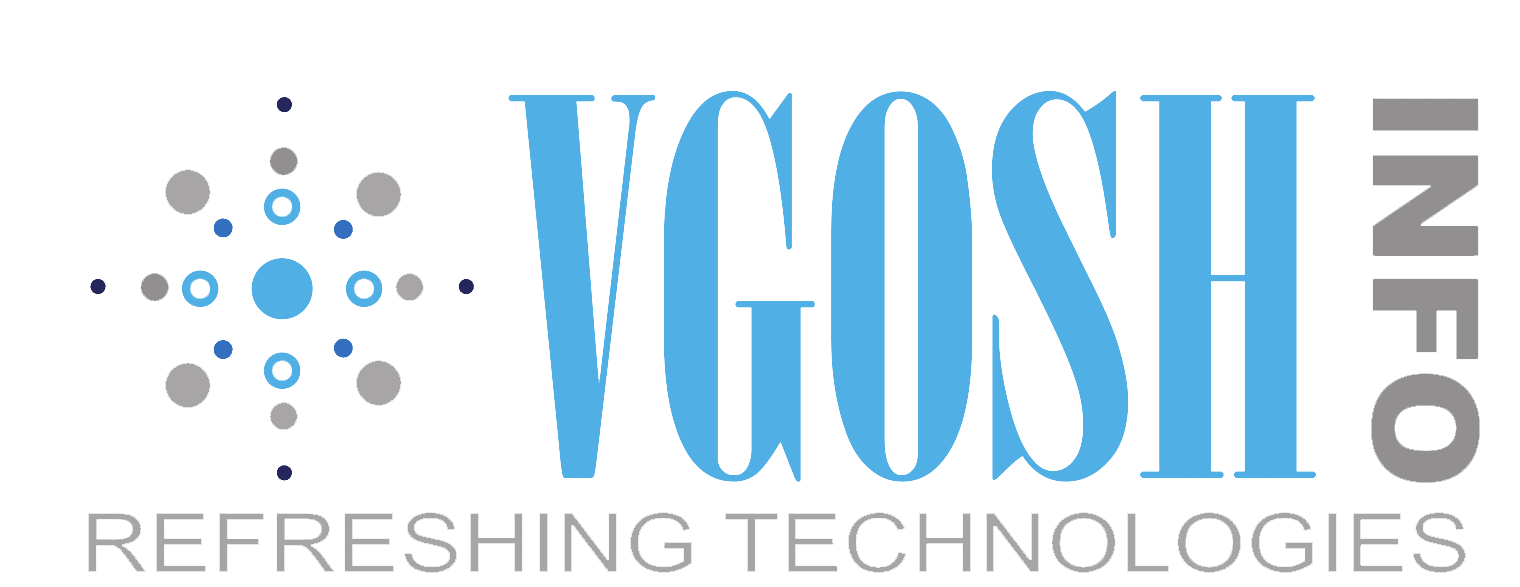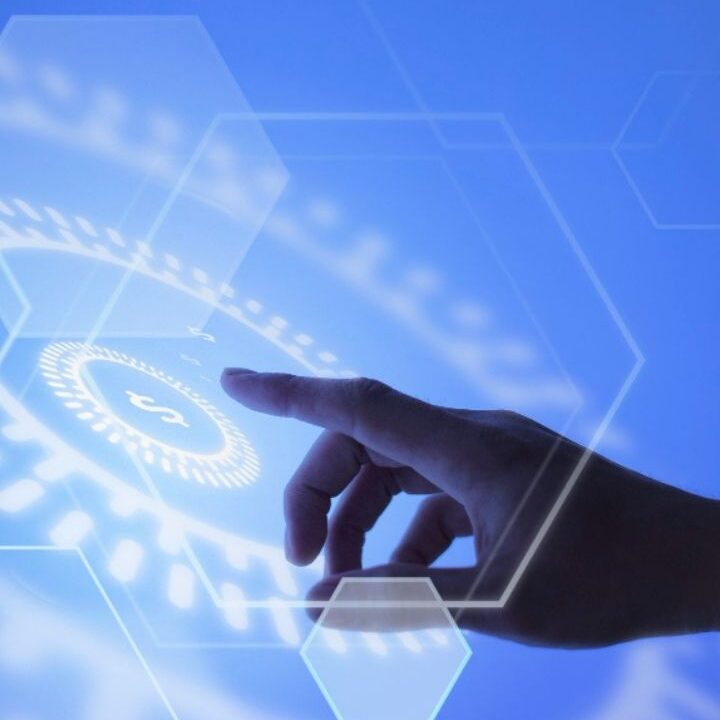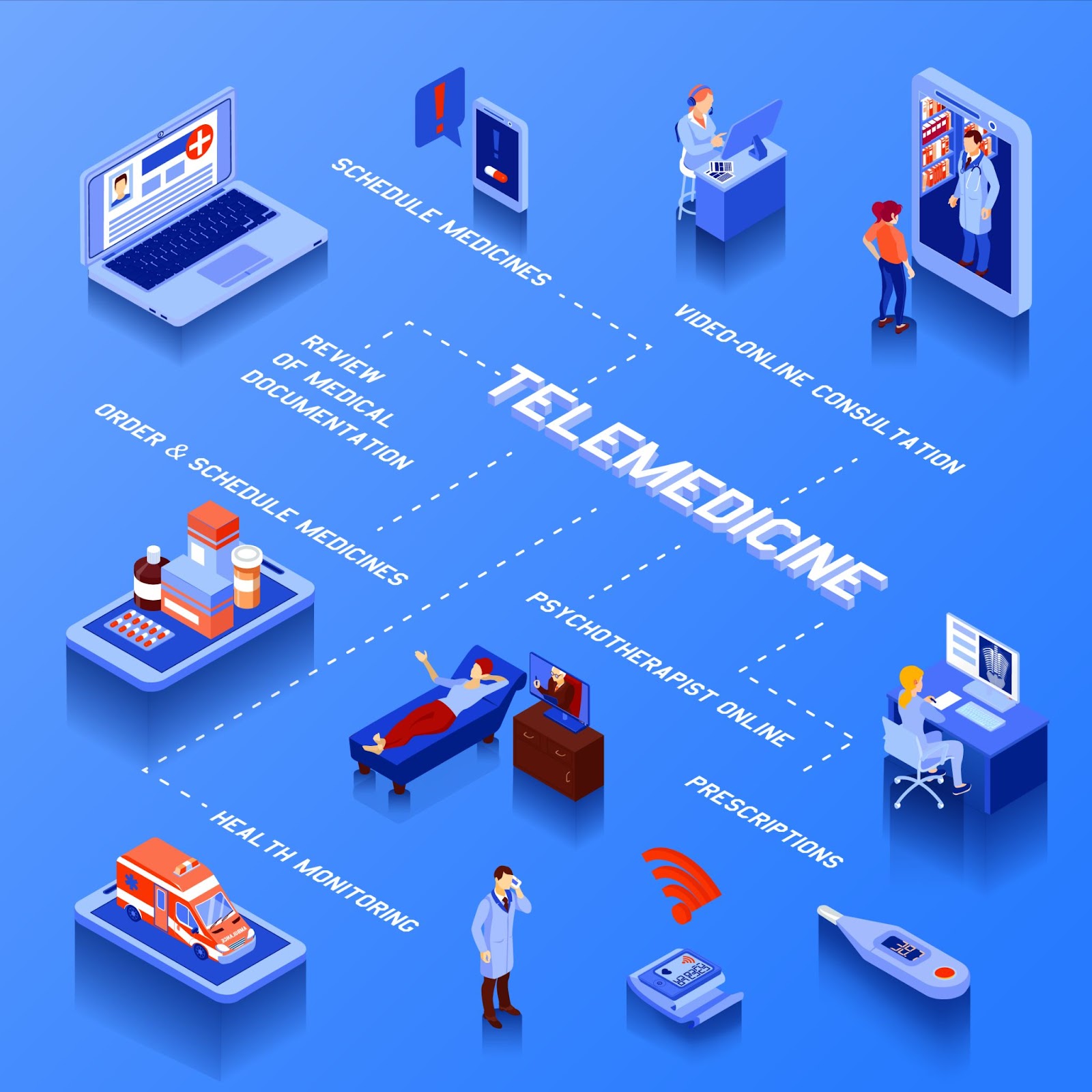Telemedicine Solutions That Can Replace In-Person Visits & Improve Patient Care
Telemedicine, which enables healthcare practitioners to give remote treatment to patients without requiring an in-person visit, has changed the healthcare sector. Telemedicine is becoming a generally acknowledged and well-liked option for medical consultations because of the development of technology. It is now increasingly vital for patients to have access to telemedicine options that can replace in-person visits and enhance medical care in the aftermath of the COVID-19 outbreak. These are a few innovative telemedicine approaches that are having an impact.
Remote Patient Monitoring
Using digital tools, remote patient monitoring enables medical professionals to track a patient’s health from a distance. Healthcare professionals can examine real-time data on a patient’s health through devices like wearable sensors, cell phones, and other monitoring tools. With the help of this technology, medical professionals may spot health problems early, keep patients out of the hospital, and give them better treatment.
Virtual Consultations
Patients can communicate with their healthcare professionals via video conferencing during virtual consultations. Patients may communicate their health issues with their healthcare practitioner virtually while lounging in the comfort of their own homes thanks to virtual consultations. With this method, people may obtain medical care without having to leave their homes, which also saves time and money.
Mobile health applications
Due to the fact that they give users quick access to their health data and tools for managing their health, mobile health applications have grown in popularity. Patients can use mobile health applications to keep an eye on their well-being, track their advancement, and interact with their healthcare professionals. As it enables individuals to control their health from anywhere, this solution is especially beneficial for patients with chronic ailments.
Digital Health Records
Digital copies of patients’ medical records are known as electronic health records (EHRs). EHRs give healthcare professionals access to a centralized database that contains patients’ medical records, diagnoses, prescriptions, and treatment plans. By reducing medical mistakes and enhancing patient safety, this approach not only enhances patient care.
Remote Medications
The ability to provide drugs to patients remotely is made possible through remote prescriptions. Patients who have trouble getting to the pharmacy or who live in remote places where it may be difficult to find pharmacies may find this option very helpful. By reducing interaction between patients and medical professionals, remote prescriptions also aid in reducing the transmission of infectious illnesses.
AI-Powered Diagnostics
By giving medical professionals the resources they need to make precise diagnoses, Artificial Intelligence (AI) has the potential to transform healthcare. Algorithms are used by AI-enabled diagnosis systems to examine patient data and make suggestions for diagnoses and treatments for healthcare professionals. This method not only increases the precision of diagnosis but also saves time and lowers healthcare expenditures.
In conclusion, by replacing in-person visits and enhancing patient care, telemedicine technologies have the potential to change healthcare. Some of the technologies that are having an impact include remote patient monitoring, virtual consultations, mobile health applications, electronic health records, remote medications, and AI-enabled diagnostics. Telemedicine solutions will be embraced and integrated into healthcare systems all across the world as technology develops even more.





